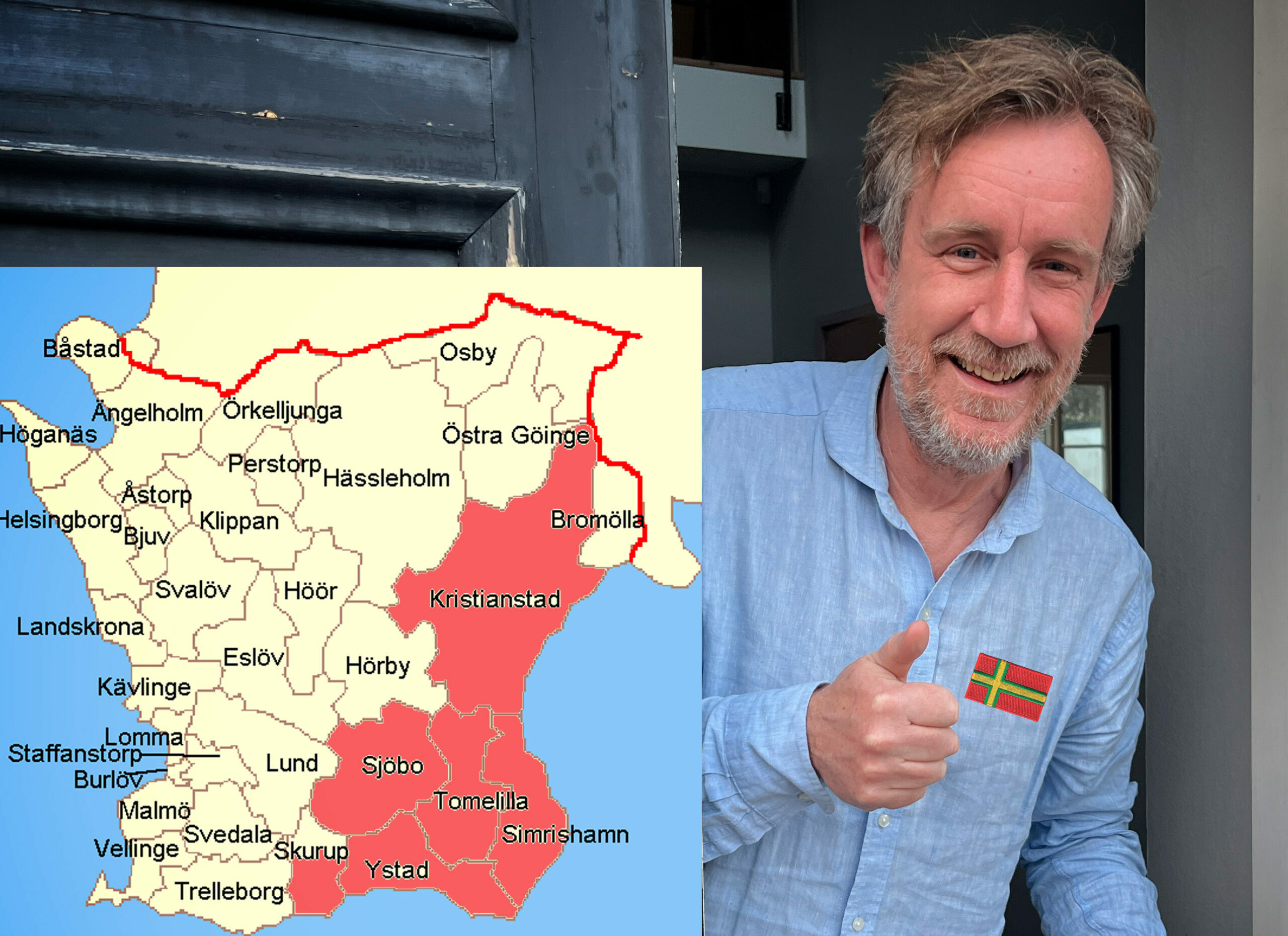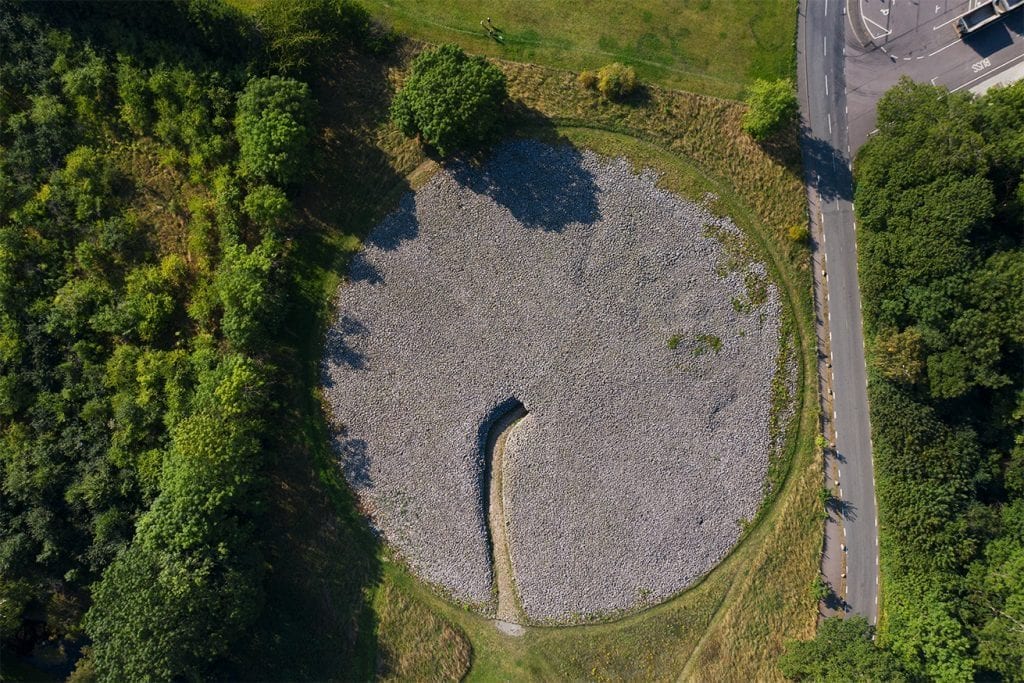
Text: Caroline Alesmark | Photo: Peter Carlsson
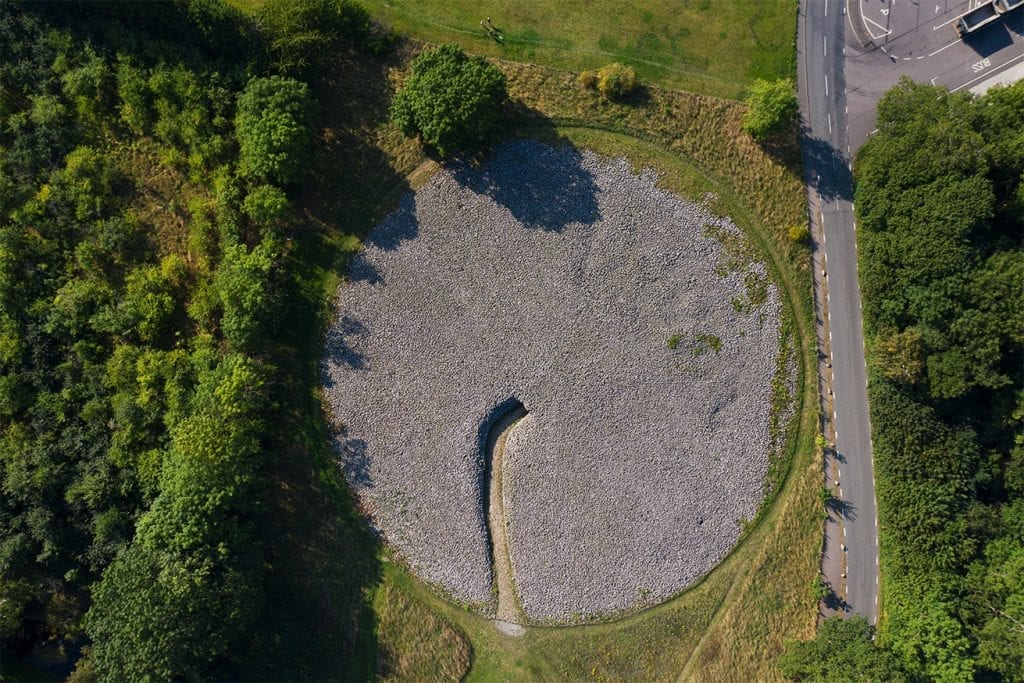

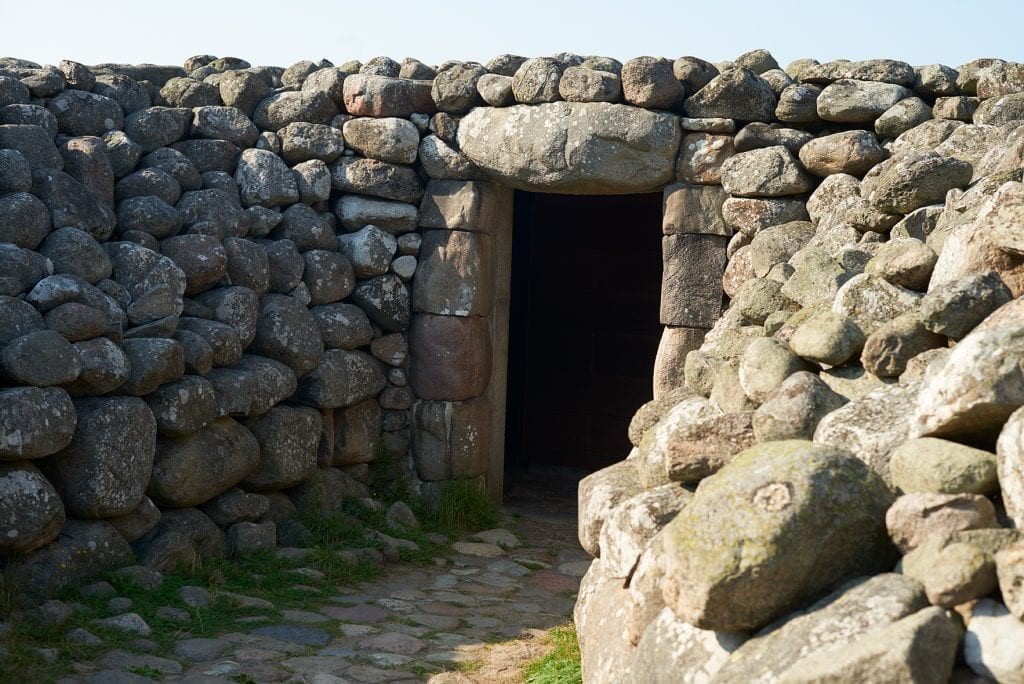
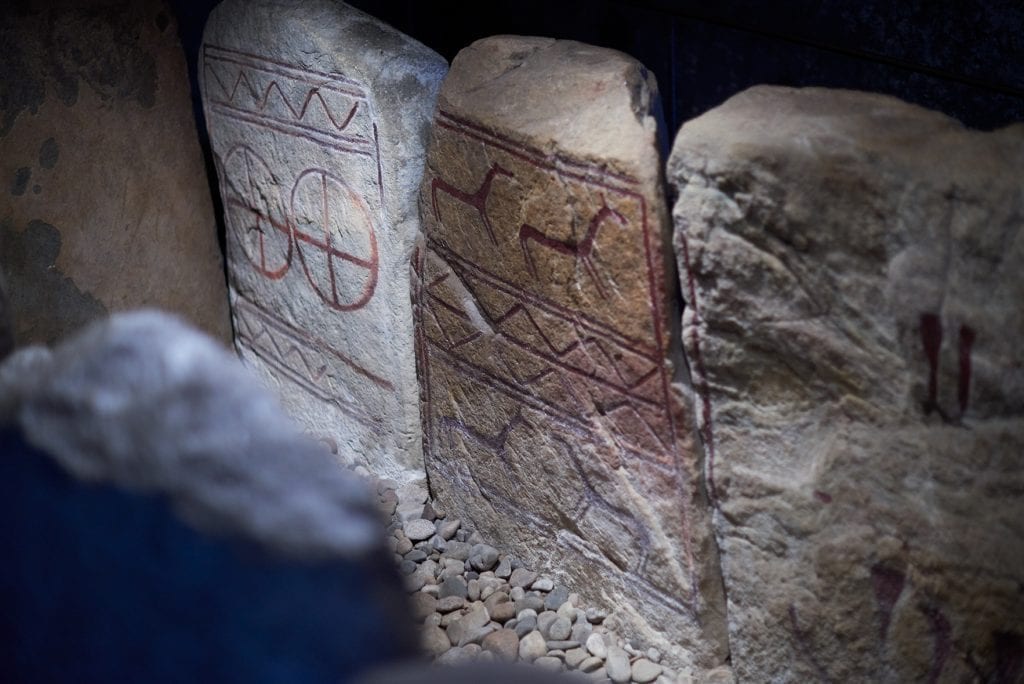
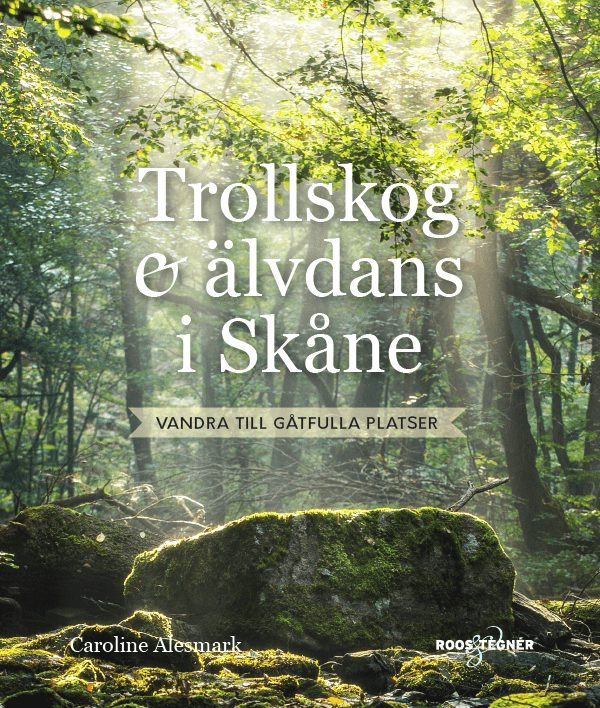
Linnaeus has been here. Thousands of visitors follow the path to its center every year. It is known as Kiviksgraven, formerly Kungagraven, but for hundreds of years the site was called Bredarör - the wide stone cairn. And no one knows who was buried at the bottom of the grave over 3,000 years ago.
Text: Caroline Alesmark | Photo: Peter Carlsson

Kiviksgraven from above.
One summer day in 1748, two farmers were quarrying stone in Bredarör in Kivik, perhaps for their fences or log walls, and under all the layers of boulders they happened to hack their way into a chest built of stone slabs. These two, Anders Sahlberg and Lasse Persson, thought they had found a treasure and dug all night, but without finding anything.
The rumor quickly spread in the village, but instead of glory and wealth, the interlude ended with them being interrogated, accused of hiding the treasure, and subjected to chastisement at Kristianstad Fortress for a few months. After a trial, however, they were acquitted on June 8, 1749.
Already the year after the digging, on May 31, 1749, Carl Linnaeus and his secretary Olof Söderberg passed the site. The grave was called 'Penninge-grafven' and Linnaeus writes: 'Here was a grave for the old world'.
But no higher authority intervened, quarrying continued in the cairn, and three of the rocks disappeared. During the 18th century, the tomb was both neglected and destroyed. Among other things, a rock is said to have been transported from here to be used as a building block in a boiler in Mälby - today, however, it is back.
It was not until several years later, when the rock carvings themselves were discovered, that the world began to show historical interest in the tomb. Professor Nils Henrik Sjöborg of Lund University became involved in restoring the tomb and the site was protected in 1814.
More than a hundred years later, when the mill in Äsperöds was demolished, the remains of another rock were found - it had been used as a base for a millstone. The mill was built sometime between 1791 and 1798, and this is when the rock is thought to have been removed from the grave.
In 1931-33, an extensive investigation of the Kiviksgraben was carried out. Among other things, the archaeologists found traces of a Stone Age settlement under the cairn. In connection with this, the cairn and the grave were rebuilt, including the angled passageway that leads through an iron gate into the burial chamber.
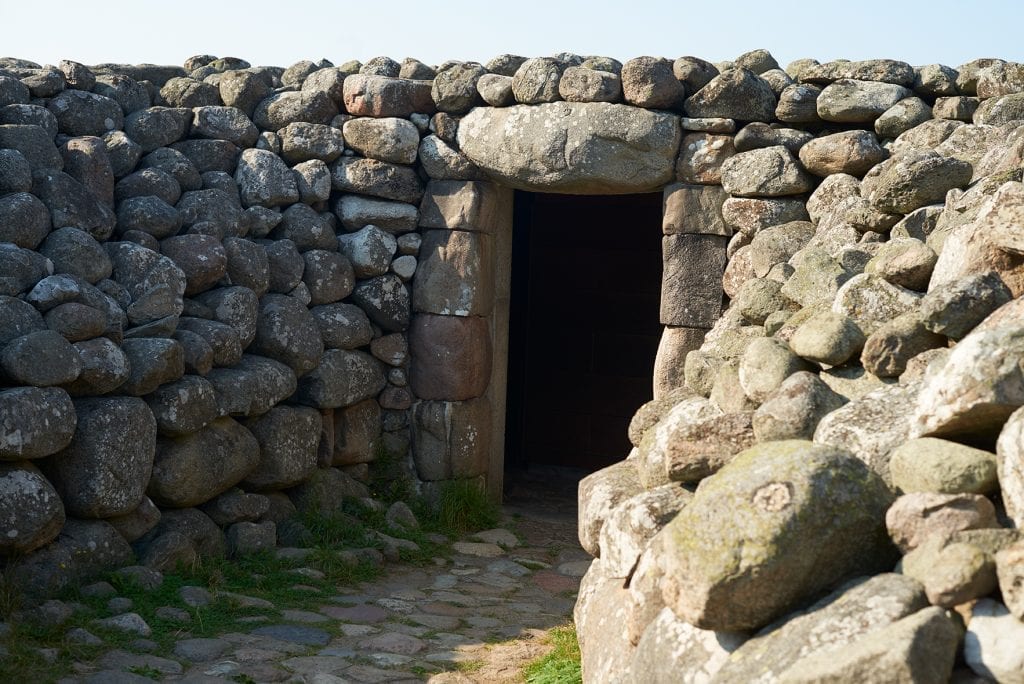
The entrance to the Kiviksgraben
The current version of the Kiviksgraven was restored in 1932-33 and was built according to its original external dimensions, 75 meters in diameter. How high it was originally is only a guess, it may have been both higher and lower.
The twisted passageway leading to the room with the tombstones was not present in the ancient tomb. Neither was the magnificent stone portal or the room itself, all of which were built to give visitors a chance to look at the stones.
Inside the tomb, the rocks are tilted in the shape of a coffin, illuminated by discreet lamps. Researchers have tried to interpret the images over the years. The eight stones show axes, ships, four-footed animals, circles filled with crosses, chariots, people and wind instruments. Something seems to be happening; like the figures in the comic strip, people are moving across the images.
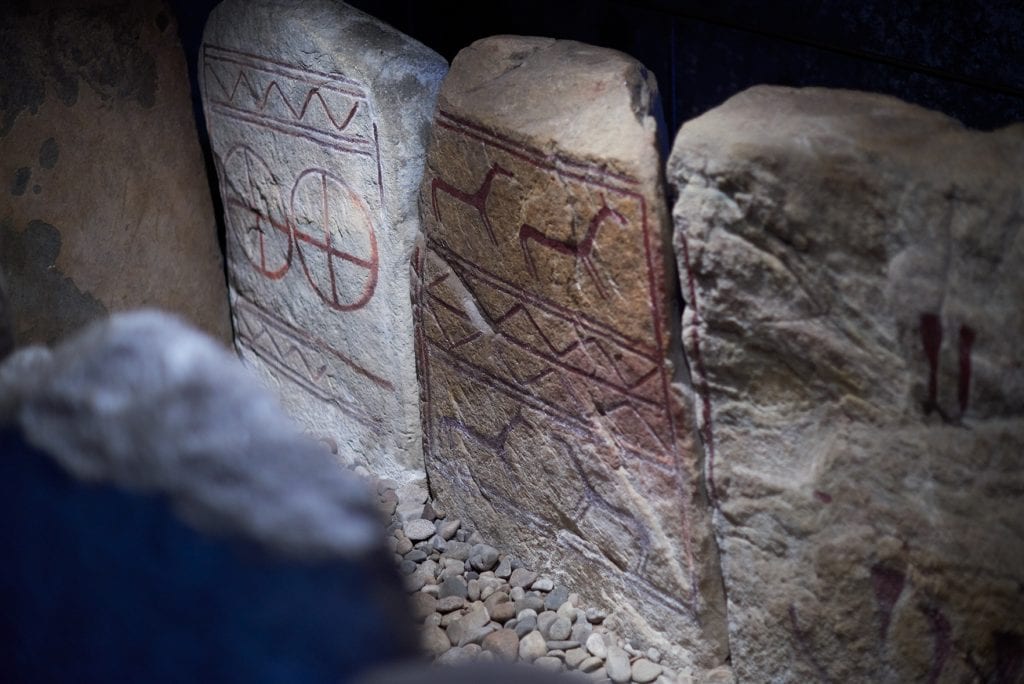
Inside the Kiviksgraben the rocks are tilted.
In Hans Alfredson and Tage Danielsson's 1971 film 'The Apple War', the story's young, good-hearted hero, played by Per Waldvik, fights a huge dragon that comes crawling out of the Kivik grave. However, the dragon was a peaceful iguana and the tomb a papier-mâché model.
The Kivik grave raises more questions than it answers and there are many interpretations. Recent archaeological investigations show that several teenagers are buried at the site. New research suggests that Kivik may have been an important trading post as early as the Bronze Age and that transactions in copper and amber may be linked to the grave.
Leaning over the rocks, the imagination runs wild. Who or who was buried under all the stones, why was he, she or they given such a huge burial site? Who are all the figures on the rocks, how did the instruments they blow sound? What kind of dance are they doing? Is it a sacrificial procession, an invocation of the gods, a burial ritual?
Kiviksgraven south of Kivik, right next to Skåneleden. To get here you hike on Skåneleden SL4 Österlenleden, stage 5 between Simrishamn and Kivik. The SL4-5 stage is 21 kilometers long, but you can also start in Vik, for example. The hiking route runs along the coast past old-fashioned fishing villages, harbors and beaches. There is a campsite with shelter at Tjörnedalagården in Baskemölla.
Click here to buy the book "Trollskog och älvdans - vandra till gåtfulla platser"!


